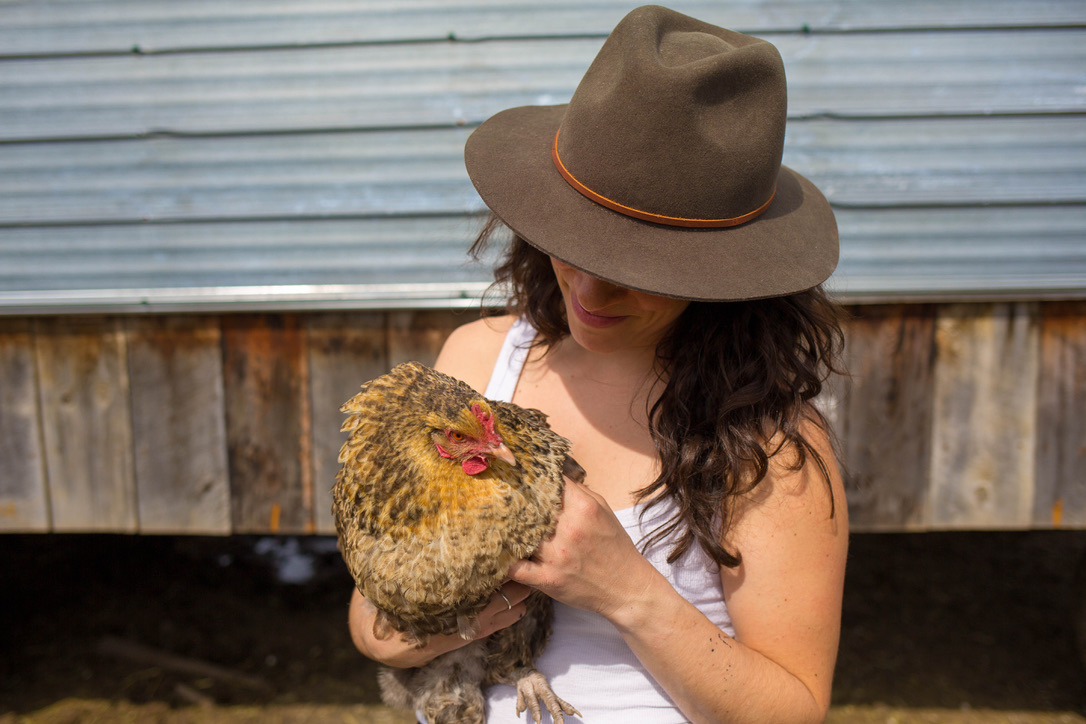Planting Garlic: When is it too late?
I have run into this dilemma for a couple of years now—garlic planting. I get going in my little hurricane here at the farm and I forget all about garlic. Then winter is around the corner and I can pretty much smell the snow before I get around to cloving and planting my garlic.
Garlic is part of the Allium family (think chives, leeks, onions and the like). It was originally favoured for its medicinal properties (back in Babylon, garlic was said to be able to heal all ailments due to its sulphuric element). It’s been around since long before the good old days—and it is the bread and butter of many a small farmer. Luckily, it’s easy to grow—and can usually go in the ground around the time you finish with your tulip planting (if that’s your thing).
When planting garlic, it’s important to take note of a couple of things.
- Garlic likes loose aerated, soil, so ensure the soil is worked adequately.
- Fleur d’ail, or scapes are harvested in the spring—they’re one of the first crops you can harvest. But garlic is plucked in July, meaning that they’re pretty stationary in the garden, so make sure they have room to grow.
- Garlic needs to be rotated every year, in order to allow the soil to replenish.
- If you plant your garlic in the fall, it should be covered in order to prevent weeds and control moisture levels in the soil. It also helps to prevent heaving as the soil heats and cools. Be sure to remove the cover in the spring to avoid overheating.
- You should plant garlic when the temps are anywhere from 0-10 degrees, in my opinion—garlic needs about two-three months in the ground at this temperature to grow, so try to give your cloves a head start.
But when is it too late to get the garlic in the ground? If fall rolls into winter, has your ship sailed? It helps to understand that to grow well, garlic is typically planted in the fall because it requires a dormant period to grow (for us plants nerds out there, the word is vernalization).
While garlic does better planted in the fall (from late September to early October), you can still plant your garlic come early spring. It’s trickier with results that are potentially less reliable (and you can most certainly count on smaller bulbs), but it’s still possible.
Now, on the subject of spring garlic planting:
- When you plant in the spring, you need to ensure that you’re using bigger bulbs.
- Consider tricking your cloves into thinking they’ve endured winter by popping them in the fridge for two to three weeks. Place them in a plastic bag with holes to ensure that they have adequate ventilation. Keep an eye out for mold and sprouting.
- Make sure that your soil is nutrient-rich—especially in regards to its nitrogen levels. This will give your wee garlic a head start.
- Water, water, water. Dried out soil when your garlic is finding its feet can lead to stunted growth.
Good luck!
You May Also Like

The Reality of Catching COVID
18 May 2022Some Pig: A Farrowing Story
11 April 2021

